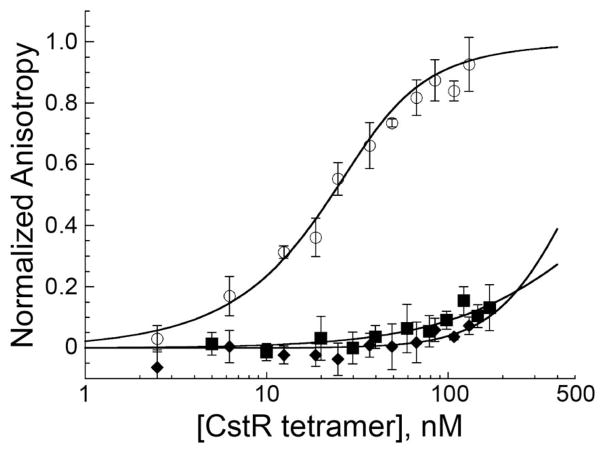Figure 6. Reaction of CstR with polysulfide negatively regulates DNA operator binding.
Fluorescence anisotropy titrations of fully reduced CstR (open circles) and NaHS- (closed squares) or Na2S4-reacted CstR (closed diamonds) with fluorescently-labeled cst OP1-containing DNA. Data were fit to a sequential tetramer binding model where two non-dissociable tetramers bind stepwise to one operator DNA binding site. Stepwise binding constants, K1 and K2, were used to determine the average macroscopic binding constant, Ktet (Ktet = (K1•K2)½). WT CstR-OP1 affinity is 7.4 (±1.8)×107 M−1 (see Table S1 for all previously determined Ktet values) (Luebke et al., 2013, Grossoehme et al., 2011), while Ktet for NaHS- and Na2S4-reacted CstRs have upper limits of 0.06±0.05×107 M−1 and 0.03±0.03×107 M−1, respectively. Binding curves represent a single representative titration. Conditions: 10 nM cst OP1 DNA, 10 mM HEPES, 0.2 M NaCl, pH 7.5, 25 °C.

